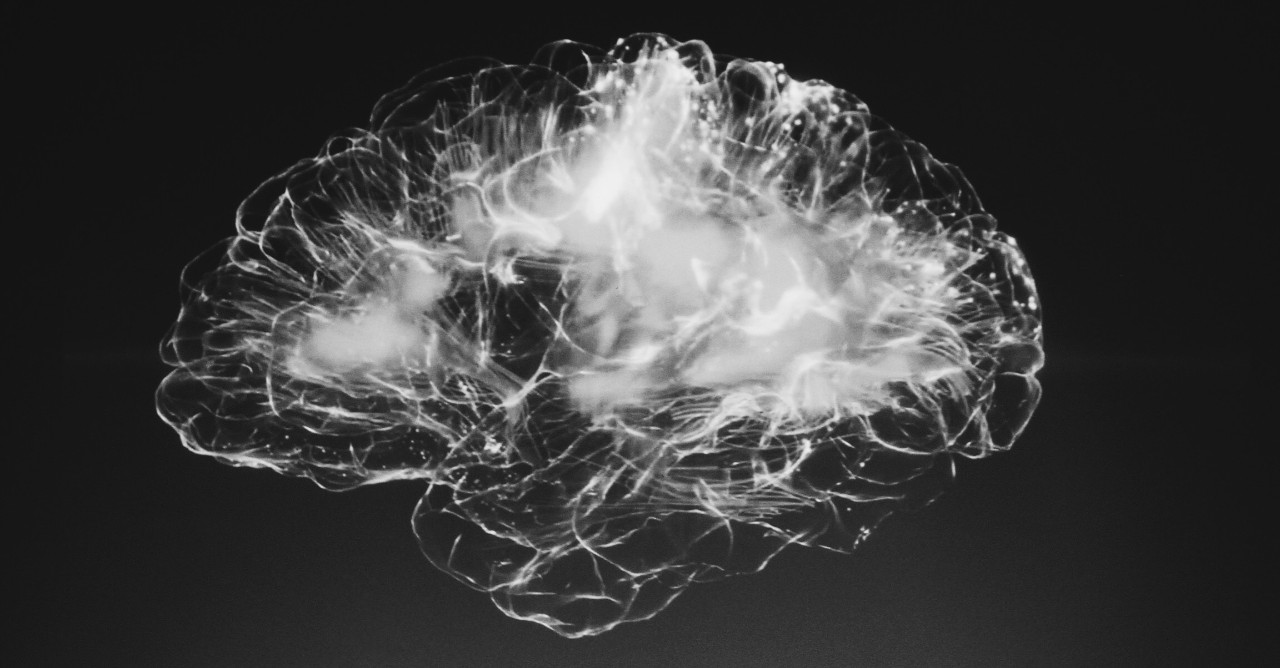
Two grants to investigate sudden unexplained death in epilepsy patients
NIH and CURE Foundation award grants
The National Institutes of Health (NIH) awarded a grant for Steven Crone, PhD, associate professor in pediatric neurosurgery in the University of Cincinnati's College of Medicine, to learn more about the onset of respiratory problems in some epilepsy patients that may eventually lead to death.
One in 1,000 epilepsy patients die from SUDEP, or sudden unexplained death in epilepsy patients.
"This is a big problem," Crone said, "as you can imagine this is something that is very worrying to epilepsy patients."
Recent discoveries have led researchers to believe that the actual cause of death is a sudden loss of respiratory function in these otherwise healthy epilepsy patients, and Crone is digging deeper to discover when these abnormalities occur.
This is a big problem that is very worrying to epilepsy patients
Steven Crone, PhD
A $250,000, two-year grant through the CURE Foundation (Citizens United for Research in Epilepsy) began the research in 2020. In partnership with neurology colleague Christina Gross, PhD, associate professor in the UC College of Medicine, Crone has been studying the changing breathing patterns in an epileptic mouse model's breathing patterns using a plethysmography chamber.
"What we have found is these mice do have irregular breathing even when they otherwise appear healthy," Crone said.
Crone and Gross are now trying to determine if the irregular breathing happens before or after the seizures.
"What we want to find out is if the mutations that are causing the seizures are independently causing the breathing problems and making them more vulnerable to SUDEP," explains Crone, "or if the seizures, themselves, are leading to the breathing problems."
Crone and the researchers in his lab are recording the breathing and brain activity of the mice 24 hours a day.
"We've developed a system where we can implant radio transmitters into the mice, run wires to respiratory muscles like the diaphragm and record electromyography (EMG)," Crone said. "We also have wires running to the brain to record electroencephalogram (EEG)."
These simultaneous recordings will allow Crone to assess when the breathing problems are happening relative to the seizures, and it will show what activity is going on in the mice in the moments before death.
The study will also be medicating the mice with antiepileptic medications to see if those seizure-blocking medicines also prevent the breathing abnormalities. In a previous study, Gross established that using those medications does extend the lifespan of a mouse.
With an additional two-year, $275,000 grant from NIH, Crone wants to determine which brain regions are stimulating these respiratory abnormalities. In his lab, scientists will use tools to activate the pathway in the amygdala to determine if that is the area causing the problems.
They will also silence the neurons to see if that blocks the breathing problems. Secondarily, they will do the same in the hippocampus to trigger these respiratory events.
"Ultimately we want to dissociate what is causing the breathing problems versus what is causing the seizures themselves," Crone said.
Once Crone establishes the specific region of the brain causing these problems, he plans to work on therapies that will directly target the cause.
Crone hopes to conclude the study through the CURE Foundation by the end of 2022 and NIH by January 2024.
Related Stories
UC faculty and staff among Rising Star leadership honorees
January 5, 2026
Two UC faculty and staff members are among this year's Rising Star leadership program sponsored by YWCA Greater Cincinnati. Kelli Beecher, assistant professor in the UC College of Nursing, and Brittany Bibb, assistant director of programs and operations in the UC Division of Student Affairs, are among the emerging leaders of 2026. They were featured in the publication Movers & Makers.
What's behind the mysterious rise of migraines?
January 5, 2026
Weather patterns such as extreme heat and storm conditions have been linked to migraine attacks, and research shows those environmental conditions are becoming more common. As National Geographic recently reported, one of the leading theories behind this mysterious rise is that climate change may be playing a role.
Top six 2025 nephrology drug approvals
January 5, 2026
“2025 has been a landmark year for kidney disease therapeutics, marked by a comprehensive slate of FDA approvals covering endothelin-receptor blockade, complement inhibition, GLP-1-based metabolic protection, and B-cell-directed therapy,” Prakash Gudsoorkar, MD, associate professor of clinical medicine at the University of Cincinnati College of Medicine and staff nephrologist at UC Health, recently told MedCentral.
